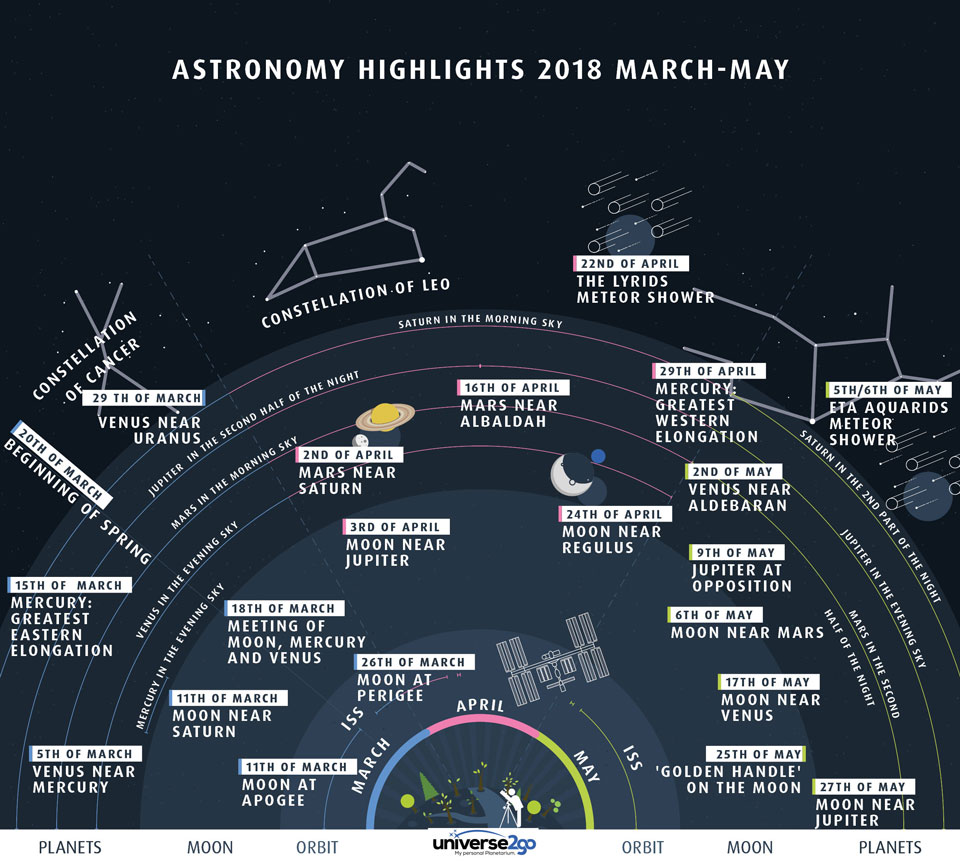14.3.18
Raquel Taraborelli - "Vasos de gerânios ensolarados" - Pintura impressionista contemporânea

Mort de Stephen Hawking : la communauté scientifique salue "un ambassadeur de la science" - Science et technologie
L’astrophysicien britannique, spécialiste des trous noirs, est mort aujourd'hui à 76 ans. Scientifiques mais aussi responsables scientifiques lui rendent hommage.
« Un être unique, dont on se souviendra avec affection non seulement à Cambridge, mais dans le monde entier », a écrit Stephen Toope, le vice-président de l’université de Cambridge, où Stephen Hawking avait étudié et travaillait, quelques minutes après l’annonce de la mort du physicien, mercredi 14 mars. "Son exceptionnelle contribution au savoir scientifique, aux mathématiques et à la vulgarisation laisse une contribution indélébile", a-t-il ajouté.
Sur Twitter, la NASA a salué "un physicien de renom et un ambassadeur de la science". "Ses découvertes ont ouvert un univers de possibilités que nous et le monde continuons à explorer", a déclaré l’agence spatiale américaine.
"D'où vient l'Univers? Comment et pourquoi a-t-il commencé? Connaîtra-t-il une fin, et si oui, comment?"
Voici ce qu'écrivait Stephen Hawking dans la préface de son livre "Une brève histoire du temps" paru en 1988.
Astronomy picture of the day - 2018 March 14 - Night Sky Highlights: March to May

Illustration Credit & Copyright: Universe2go.com
Explanation: What might you see in the night sky over the next few months? The featured graphic gives a few highlights. Viewed as a clock face centered at the bottom, sky events in March fan out toward the left, April toward the top, and May toward the right. Objects relatively close to Earth are illustrated, in general, as nearer to the cartoon figure with the telescope at the bottom center -- although almost everything pictured can be seen without a telescope.Sky highlights this season include a bright Venus in the evening sky during March, the Lyrids meteor shower during April, and Jupiter entering the evening sky during May. As true in every season, the International Space Station (ISS) can be sometimes be found drifting across your sky if you know just when and where to look.
Inscription à :
Articles (Atom)
LES PLUS BELLES GARES - États-Unis - Washington
Ouverte en 1908, Union Station est la principale gare de Washington DC, aux États-Unis. Abîmée, le toit effondré, elle a été refaite à neuf...


